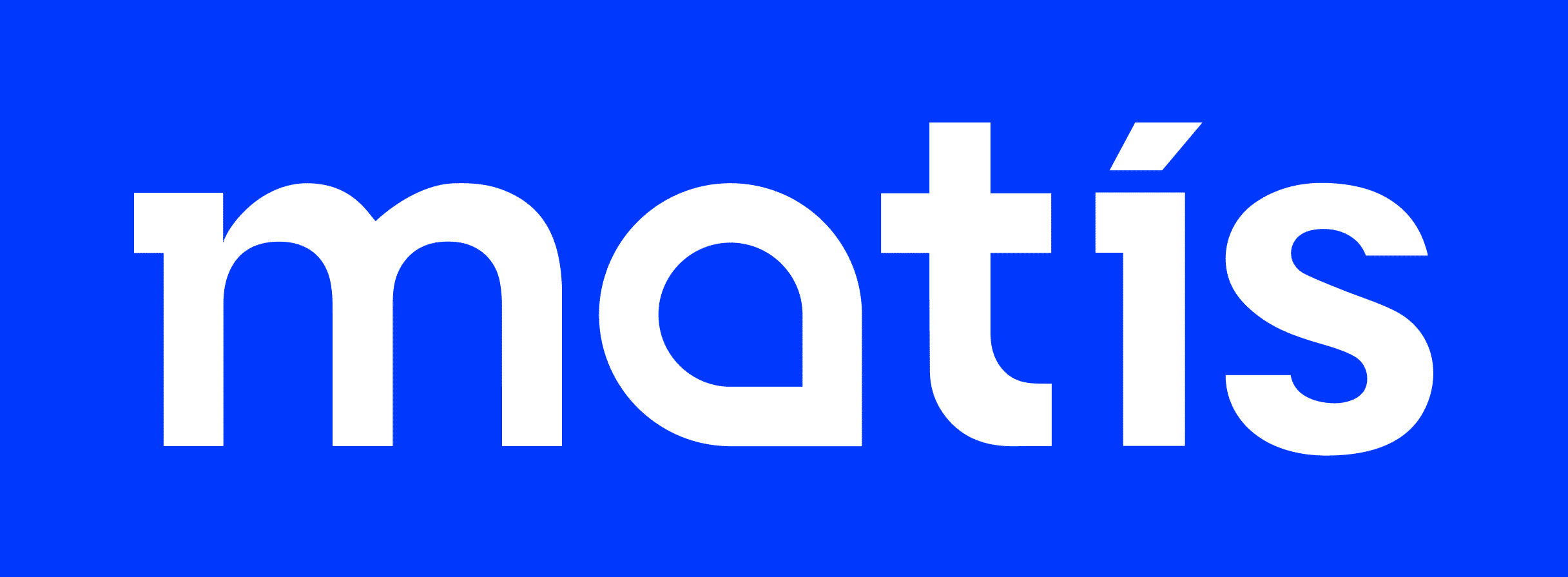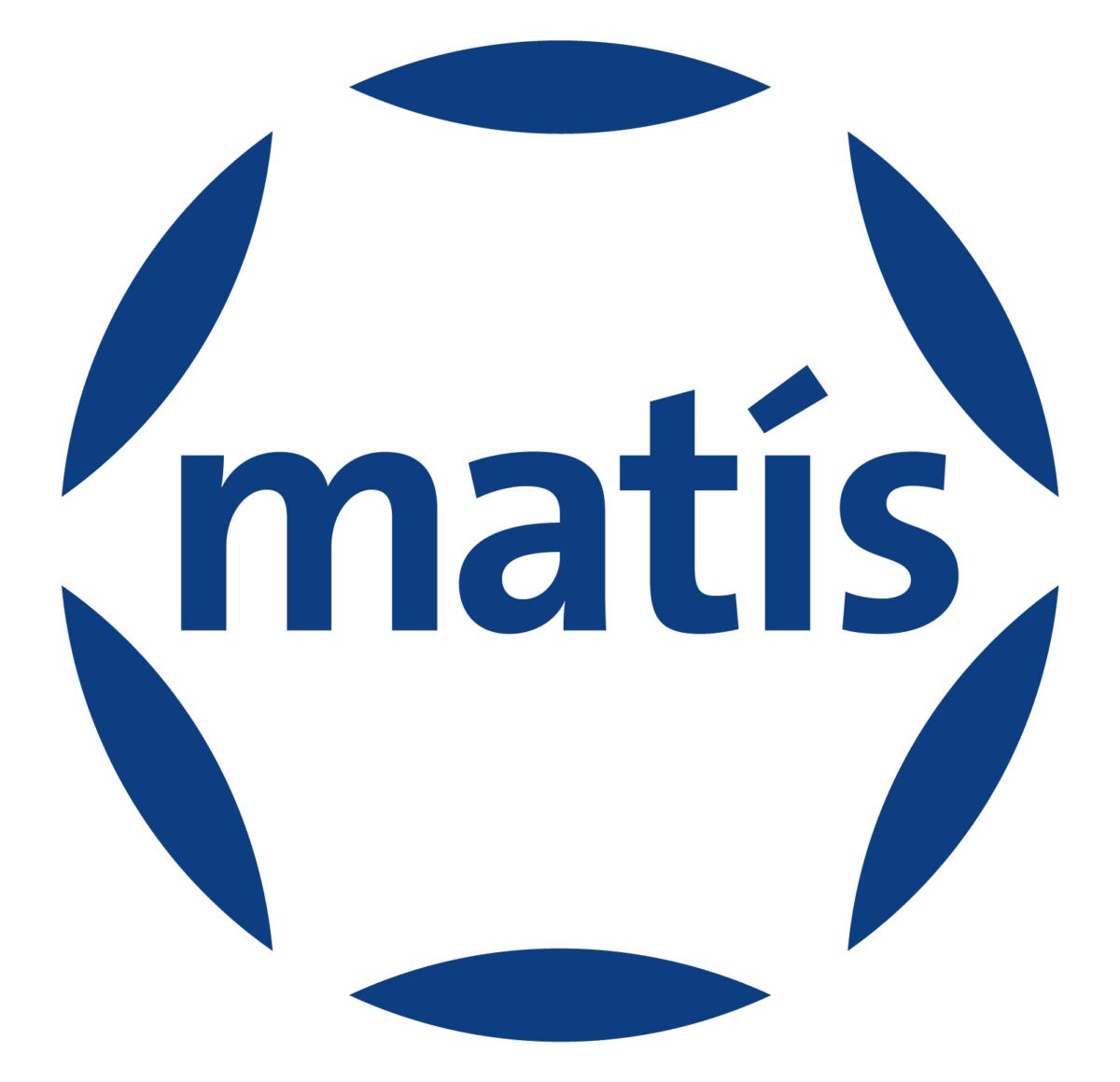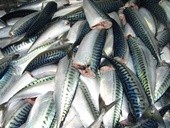Introductory meeting for the fishing industry and carriers in the Westman Islands - Matís ohf. and the University of Iceland.
Thursday 26 November An introductory meeting will be held on the results of the cooling projects Kælibót and Chill-on and Hermun kæliferla. Extensive experiments have been carried out in the field of cooling catfish from the market. Participants in the project are connected to different links in the chain: raw material handling, processing, transport and marketing. Various experiments from extensive research on cooling fish will be presented. The experiments were performed in the winter of 2008-2009 under real conditions. A comparison has been made of:
- cooling capacity of different ice media and machines for their production
- cooling methods during processing (liquid and erosive cooling)
- different packaging for product packaging
- different transport routes (ships and flights) and the effect of improved temperature control on the transport of chilled products.
Experiments are now underway where the best methods for each link in the chain are selected together and the whole chain is run in one experiment under real conditions. Transport processes have been mapped in terms of time and temperature, and refrigeration simulators will be used to set up those processes for storing products. In this way, the necessary measurements can be performed without the transfer from the sampling site to the laboratory interfering with the results. At the same time, transport to foreign markets will be imitated by sending fish to the Westman Islands. Foreign participants Chill-on (www.chill-on.com/) have arrived in the country and will test their technology with this transfer.
Location:
Vestmannaeyjar Knowledge Center - Strandvegur 50 - 900 Vestmannaeyjar
Phone: 481 1111 - Fax: 481 2669 - Email: setur@setur.is
The agenda of the meeting can be found here.
The Icelandic participants in the projects Kælibótar and Chill-on are: Brim hf., Eimskip hf., Háskóli Íslands, Icelandair Cargo, Matís ohf., Optimar á Íslandi ehf., Samherji hf., Samskip hf. Skaginn hf. and Opale Seafood.
The projects are funded by AVS, EU, Tækniþróunarsjóður Rannís and Rannsóknarsjóður Háskóli Íslands.






